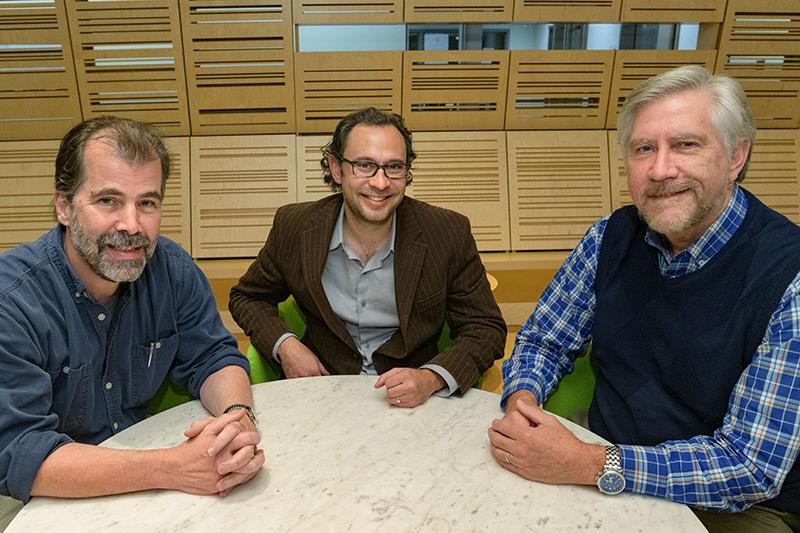Tulane team researching ways to end opioid addiction
A Tulane University researcher is joining more than 40 universities from across the United States in looking for ways to improve treatment of chronic pain and ultimately achieve long-term recovery from opioid addiction.
Michael J. Moore, professor of biomedical engineering in the Tulane School of Science and Engineering, is part of a $945 million National Institutes of Health project called the HEAL Initiative, or Helping to End Addiction Long-term Initiative.
In 2016, an estimated 50 million U.S. adults suffered from chronic pain and in 2018, an estimated 10.3 million people 12 years and older misused opioids, including heroin.
“This is indeed an exciting opportunity to work on a problem of great public health significance to our nation.”
Tulane biomedical engineering professor Michael J. Moore
“It’s clear that a multi-pronged scientific approach is needed to reduce the risks of opioids, accelerate development of effective non-opioid therapies for pain and provide more flexible and effective options for treating addiction to opioids,” NIH Director Francis S. Collins said in a statement. “This unprecedented investment in the NIH HEAL Initiative demonstrates the commitment to reversing this devastating crisis.”
Moore’s share of the project is $1.2 million. He will be teaming up with Jeffrey Tasker, the Catherine and Hunter Pierson Chair in Neuroscience, and James Zadina, director of the Neuroscience Laboratory at the Veterans Administration Medical Center and an adjunct professor of medicine at the Tulane School of Medicine.
“This is indeed an exciting opportunity to work on a problem of great public health significance to our nation,” Moore said.
“The management of pain — both acute and chronic — can be a frustratingly futile endeavor for both patients and clinicians,” Moore said. “Desperate attempts at treatment with opioids and other narcotics has led to a heartbreaking and calamitous epidemic of addiction to prescription painkillers.”
The epidemic has prompted federal agencies and the pharmaceutical industry to work toward identifying the next generation of painkillers. Unfortunately, Moore said, there are few adequate model systems currently in use to enable rapid screening of the analgesic properties of drug candidates.
Moore’s proposal seeks to develop the first model of pain that utilizes living human cells on a computer chip, mimicking the transmission of pain and enabling the evaluation of the cellular basis of tolerance to certain drugs. Moore said the model will eventually enable experimental drugs to be screened in a way that is faster, less expensive and more effective.
He and his team are collaborating with Randolph Ashton, an associate professor of biomedical engineering at the University of Wisconsin, and Swaminathan Rajaraman, an assistant professor of electrical and computer engineering at the University of Central Florida. Ashton is developing human stem-cell derived spinal neurons, and Rajaraman is developing specially-made microelectrodes for taking electrical measurements from the cells.

